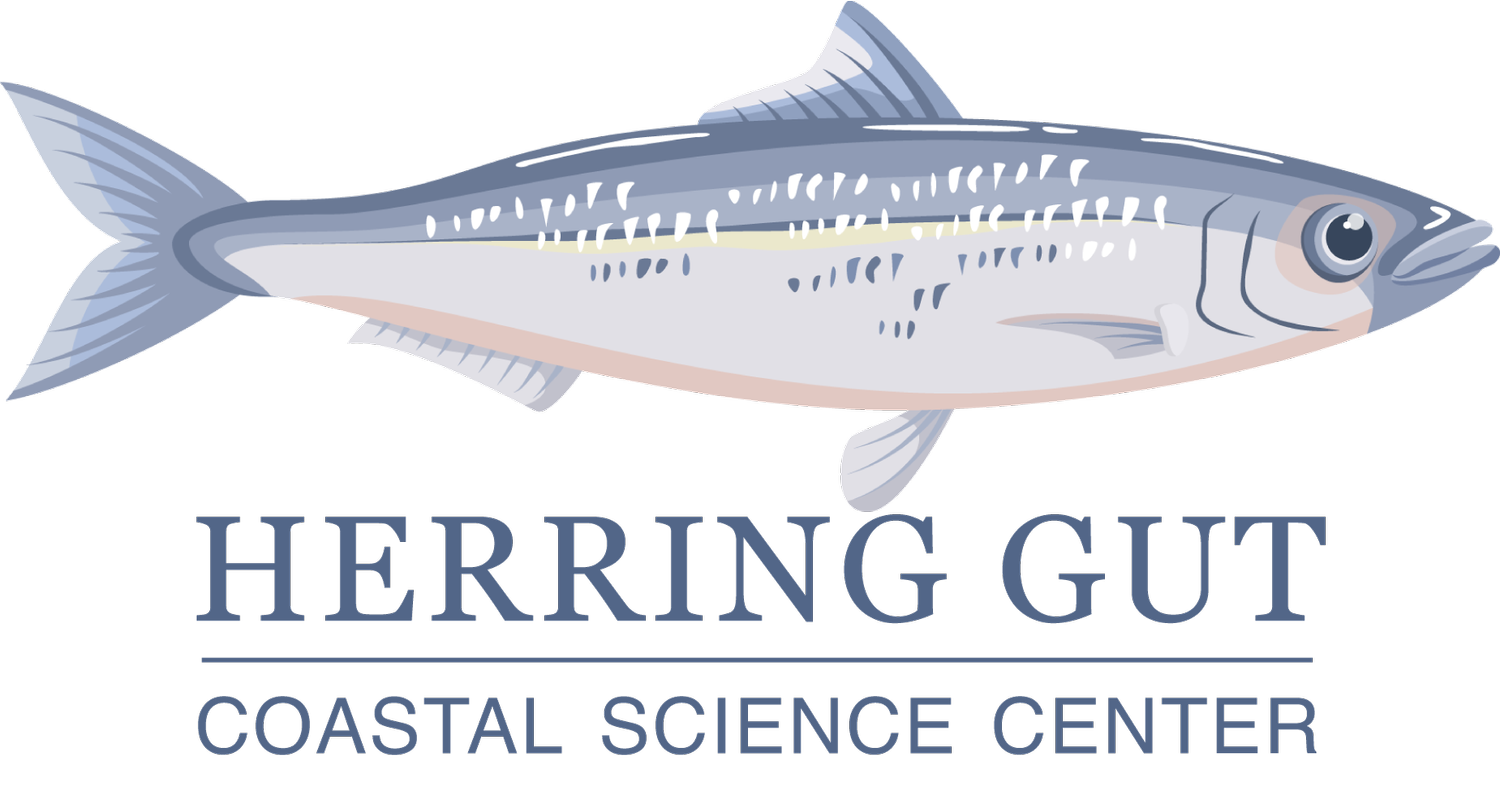Artist-In-Residence Program
NOTE: This program is pending as we await grant funding.
Artists have been inspired by Port Clyde’s remote and beautiful coastal landscape for well over 100 years. Jamie Wyeth, husband of Herring Gut Coastal Science Center’s founder Phyllis Wyeth, states, "There's a quality of life in Maine which is singular and unique. I think. It's absolutely a world onto itself." This is aptly displayed in Wyeth’s painting, Marshall Point Sea Farm, a historic bait shack and lobster pound located on Herring Gut Coastal Science Center’s campus.
In 1999 Phyllis Wyeth created the Herring Gut Learning Center with the goal of teaching local children about aquaculture, marine conservation and to help preserve Maine’s traditional fishing communities. Twenty-five years later, Herring Gut has grown into a Coastal Science Center that is reaching thousands of students and community members each year through a wide variety of programs. In 2022, the Herring Gut Learning Center changed its name to the Herring Gut Coastal Science Center (Herring Gut) to reflect a new mission emphasizing using science and hands-on activities to educate everyone in the community from “pre-k through gray”.
Today, at Herring Gut, students, community members and science educators come to study Maine’s coastal environment. Herring Gut incorporates art and artists into our classes and programming year-round. This shared passion for keen observation and interpretation of nature fosters a creative collaboration with the art community. From data visualization with students, illustration, poetry and writing exercises in teacher professional development courses, to dance and movement in our Aquatots program, science and art is a way of life at Herring Gut. We ensure that artists are welcome and encouraged to participate in our programs. To facilitate this collaboration, Herring Gut has created an Artist-in-Residence Program.
What is the Herring Gut Coastal Science Center’s Artist-in-Residence Program?
The Herring Gut AIR Program invites artists focused on environmental and marine science themes in their art practice to apply. The program supports professionals working at the intersection of art, science, education, and community to promote environmental equilibrium in our waters, lands, and communities. All mediums of art will be considered, including, but not limited to: sculptors, painters, poets, photographers, dancers, and musicians.
Chosen candidates will be selected through an application process. During their residency at the picturesque Herring Gut 3-acre coastal campus in Port Clyde Maine, artists will have the opportunity to balance personal creative time with art programming for students and the community. Artists will collaborate with marine science educators and staff to develop this programming. In exchange for covering a significant portion of their expenses, artists will contribute to the Herring Gut community in various ways, such as offering drawing lessons, creating artwork for marketing and fundraising, giving lectures or demonstrations about their work, or proposing other creative contributions. .
What is the Goal of the Herring Gut AIR Program?
The goal of the Herring Gut AIR program is to cultivate and develop students' observational skills in order to foster deep inquisitiveness and creativity in the process of scientific inquiry. Through time and proven through research, collaborations between art and science sparks inspiration for both parties. The student interaction can be as simple as a drawing lesson, but artists are encouraged to pursue an alternative approach that pushes students out of their comfort zones. Artists are immersed in the scientific community and research activities, which will deepen their understanding of the natural world, spark original ideas, forge collaborations, and encourage exploration of methods to engage non-artists in the creative process. In addition, our intent is to have this be a restorative experience for these artists.
Program Details
On-site housing, if needed, is included in the program. On-site housing is only available for one month during off seasons for our programming (October-April)
A modest meal stipend is included in the program.
Workspace will be determined with each artist to best fit the program, artist, and other needs.
Artists are welcome to observe classes and community programs.
Schedule of residency is determined based on housing needs and Herring Gut staff availability.
Length of residencies vary based on program needs; residencies can be as long as three months but on-site housing, monthly stipend, and meal reimbursement is limited to one month.
To Apply:
APPLICATION PROCESS PENDING AS WE AWAIT GRANT FUNDING
At this time, applications are accepted on a rolling basis. Decisions will be made within 60 days, and all applicants will be notified via email.
Please review and have prepared all information below prior to starting the application:
Your current resume
Contact information for 2 references
A one-page statement describing what you hope to accomplish artistically during the Herring Gut AIR program.
Applicants who take advantage of the unique aspects of Herring Gut's community of marine science educators, aquaponic resources, and coastal setting are preferred.
Description of your teaching experience
For visual artists – send 4 digital images of 4 different examples of your work in JPG, PDF, or PowerPoint form.
For all other mediums – an appropriate sample of your recent work (e.g., a brief manuscript excerpt, short story, article, poetry, etc. - maximum of five pages).
Please note that previous Herring Gut AIRs are welcome to re-apply after a two year hiatus. New artists will be prioritized.
Previous Artists-in-Residence
2024: Cheryl Clegg, Photographer





